In recent years the West has seen a stark rise in terrorism committed by individuals or groups that align themselves with various culturally and politically far-right beliefs, beliefs that have seen a recent rise in membership and notoriety. But how do groups like these grow and develop in a culture that many think wouldn’t allow these beliefs to thrive the way they are now?
Find out the history of these movements below:
What Does it Mean to be Far-Right?
Now in order to understand how far-right terrorism has risen in number, we must first define what it means to be far-right. This is hard as the term has become very overused by many in political discourse seeing the line between the term and simply more populist right wing politics blur. In reality, to be politically far-right is to have beliefs belonging to a spectrum of extreme right wing beliefs. These beliefs usually include elements of xenophobia, racism, religious fundamentalism, homophobia, ultranationalism, ethnic nationalism or separatism, and other reactionary views.
History of Far-Right Extremism in America
1800s
The origins of far-right terrorism in the United States can roughly be traced back to 1865 where, after the end of the civil war, disgruntled Confederate veterans formed the Ku Klux Klan in an attempt to ensure continued white dominance in the South, often committing violence against newly freed slaves.
1940s-1970s
For many decades after the civil war, far-right ideologies and groups would continue. For instance, after the end of World War Two, Neo-Nazi parties began to form in the United States, such as the American Nazi Party, founded by George Lincoln Rockwell in 1959. This party called for the sterilization of Jewish people, as well as the deportation of Black people from the United States.
As the Civil Rights Movement began to take hold in the country, these groups fought against attempts at desegregation. One infamous attack was the 1963 Bombing of Sixteenth Street Baptist Church in Birmingham, Alabama, organized by Ku Klux Klan members, which led to the deaths of four young girls. Then, in 1968 civil rights leader Martin Luther King Jr. was assassinated by white supremacist James Earl Ray.
As the 1970s and 1980s continued, these groups began to lessen in strength, as many of these groups saw internal divisions. The American Nazi Party fractured after Rockwell was murdered by a former party member, and the Ku Klux Klan has seen a continuous decline in its membership since the 1970s.
As some parties declined, one party that emerged from the splintering of the American Nazi Party was the National Socialist Party of America, later renamed to the Northwest Front. The group advocated for an all white ethnostate in the Pacific Northwest, this idea being called the Northwest Territorial Imperative. This idea was not surprising given the number of hate groups in the region. One such group was the Aryan Nations, founded in 1978 by Richard Butler, which mixed Neo-Nazism with Christian identity, an extremely anti-Semitic and racist sect of Christianity. This group went on to become one of the most active Neo-Nazi groups.
Another group to emerge from the Northwest was the terrorist group The Order, founded by Robert Jay Mathews, who was inspired by the previously mentioned Aryan Nations. The group committed bank robberies, bombings, and murders in the 1980s in an attempt to spark a “White Revolution.” The order would ultimately dissolve after much of its leadership was arrested and killed in a shootout with the FBI in the same year.
One significant impact to the rise of the far-right was the release of the dystopian novel The Turner Diaries in 1978 by William Luther Pierce, leader of the Neo-Nazi group the National Order. Pierce wrote under the pseudonym Andrew Macdonald. The book tells the story of the violent overthrow of the federal government which leads to a nuclear conflict and race war, with the main character, Earl Turner, detonating a bomb at the FBI’s headquarters in Washington, DC. This book would resonate with many in the far-right.
1980s
In 1988, federal prosecutors brought 14 white supremacists to trial accused of plots against the government as well as other violent crimes. Ultimately the defendants were acquitted by an all white jury, and afterwards defendant Louis Beam founded the publication the Seditionist, whose purpose was to build a support base for a white revolution against the “Zionist Occupied Government.” The publication would go on to promote the concept of a “leaderless resistance,” saying that guerilla warfare against the federal government should be pursued individually or in small cells, this idea having a heavy impact on future far-right terrorists.
1990s
As the 1990s would begin, two events would occur that would lead to a resurgence of the far-right. The first of these events would occur in August 1992, where a large detachment of federal agents would be sent to arrest Aryan Nations member Randy Weaver. Weaver’s refusal to surrender would lead to a 11 day standoff which saw the deaths of Weaver’s wife, son, and dog as well as a federal agent. Weaver would ultimately surrender, but he and his family would become martyrs for the movement. Next year, in 1993, federal agents would besiege the Branch Davidians, a cult led by David Koresh, in the Count Carmel Center, a compound in Waco, Texas. The siege occurred after agents tried to serve a search warrant on the group, leading to a gunfight that killed ten people, including four federal agents. After a nearly two month standoff, federal agents launched an assault on the compound, during which a fire started that engulfed the compound killing 76, including Koresh, as well as many women and children.
Both of the incidents mentioned above led to a resurgence of the far-right groups as the incidents fueled anti-government conspiracies that the government was looking to infringe on individual liberties. The previous incidents also led to the 1995 Oklahoma city bombing, which killed 168 and injured hundreds more. The orchestrator of the attack, Timothy McVeigh, was a veteran as well as an anti-government extremist. This attack led to a greater government effort to infiltrate and crack down on these anti-government groups. McCveigh would later be executed in 2001 while his co-conspirator Terry Nichols is still serving a life sentence as of 2024.
2000s
2008 saw a resurgence of racism and anti-government extremism after the election of President Barack Obama, the nation’s first Black president, with many lies spreading about him not being a citizen and secretly a Muslim. This led to many racially motivated crimes, including the 2015 killing spree by white supremacist Dylan Roof. Roof would carry out a shooting in “Mother” Emanuel African Methodist Episcopal (AME) Church in Charleston, killing nine African American worshippers, the church having been known for hosting civil rights leaders like Martin Luther King Jr.
2010s
2016 would see a significant change in the far-right after the election of President Donald Trump. Trump’s policies on things such as immigration were widely supported by many in the far-right. This support increased the next year on August 11, after the “Unite the Right” rally in Charlottesville, Virginia in response to the removal of a Confederate statue. The mostly peaceful protests turned violent when James Alex Fields Jr., a 20 year old Neo-Nazi from Ohio who came down for the rally, rammed his car into a crowd of counter protestors, killing one and injuring 28. In the aftermath of the incident, Trump refused to condemn the rally, saying that there were“very fine people on both sides.” Although it has never been confirmed or denied by the administration, this statement led to far-right groups considering Trump an ally in the White House.
The year after the Charlottesville rally, the country would see 46 year old Robert Bowers kill 11 Jewish worshippers in the Tree of Life Synagogue. Motivated by his anti-Semitic and anti-immigrant views, Bowers said on the social networking site Gab, “HIAS [Hebrew Immigrant Aid Society] likes to bring invaders in that kill our people. I can’t sit by and watch my people get slaughtered. Screw your optics, I’m going in.”
2020s
2020 would see further radicalization as the pandemic and ensuing government lockdowns offered perceived proof of conspiracies, leading to increased online radicalization. 2020 also saw nationwide racial justice protests following the death of George Floyd, which reinvigorated far-right Americans, some of whom gathered in armed counter protests to “protect” police and businesses from rioting. One flashpoint of violence was seen in 2020 when Air Force Sergeant Steven Carillo killed a federal officer and a sheriff’s deputy in twin attacks in May and June. Carillo had been an adherent of a far-right anti-government movement.
On January 6, 2021, a mob would storm the U.S Capitol building, driven by conspiracies of election fraud. Participants would erect a gallows outside the building, evoking the “Day of Rope” from The Turner Diaries. The aftermath of the incident saw many organizers of the insurrection tried on seditious conspiracy charges.
Symbols Utilized by Far-Right Groups
Far-right groups utilize a wide range of symbols in their movements. While most may just think of a swastika when they hear far-right, the reality is that while the swastika is still used a lot, most far-right groups don’t utilize the swastika in their iconography that much, instead using more obscure symbols that wouldn’t be recognized as far-right by most people. Some of these symbols and their history are:
The Swastika:

(CC0)
Easily one of the most infamous symbols in history, the swastika was utilized by the Nazi party in Germany between 1933 and 1945, as well as other fascist groups at the time. The symbol’s origins are ancient, likely in Eurasia almost 7,000 years ago, and the symbol is considered holy in Hinduism, Jainism, and Buddhism. In the 19th century, the symbol saw a surge of use in Europe as the continent grew ever interested in the ancient civilizations of the east. During extensive archeological excavations, German archeologist Heinrich Schliemann noticed the symbol in both the ancient site of Troy and in pottery found in Germany. Schliemann concluded that the symbol was a “significant religious symbol of our remote ancestors,” with many other scholars in Europe linking the swastika to a shared Aryan culture that spanned Eurasia. The symbol saw wide use in Europe, with it initially being viewed as a symbol for luck and auspiciousness; however, the symbol was appropriated by fascist groups such as the Nazis, who saw the symbol as one of “Aryan identity.” The symbol has seen continued use, mainly in the United States, by Neo-Nazi groups.
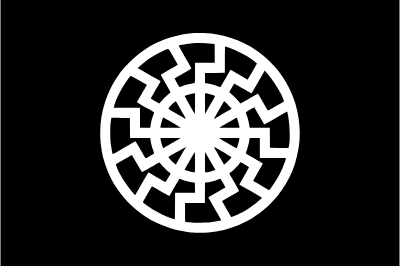
(RootOfAllLight (CC BY-SA 4.0))
The Black Sun: Also known as the sonnenrad, the black sun is one of the many ancient European symbols appropriated by the Nazis in their attempt to invent an idealized “Aryan/Norse heritage.” The symbol was utilized particularly by the SS as part of the organization’s many esoteric beliefs. The symbol has seen renewed use as of recently by those who subscribe to many Neo-Nazi beliefs, including terrorist groups such as the Atomwaffen division.
The Proud Boys Logo: The yellow letters PB is used by the far-right American militia the Proud Boys The group opposes multiculturalism, feminism, and among any “woke” ideals, and has been in the media a lot since their role in the January 6 insurrection in 2021.
The Wolfsangel: Originating as an ancient German rune believed to ward off wolves, this symbol is present in a lot of German signs and city coats of arms. This symbol was one of the many appropriated by the Nazis and was utilized by many units of the SS; as a result, many Neo-Nazi groups use the Wolfsangel as their logos.
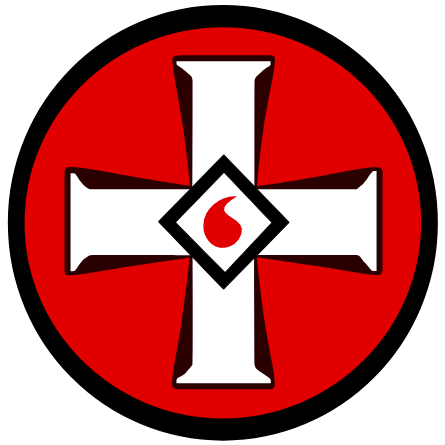
(KAMiKAZOW, CC BY-SA 3.0))
The Blood Drop Cross: Symbol of the Ku Klux Klan. Originating In the early 1900s, the extremist group adopted a symbol consisting of four letter “K” images arranged in a square facing outwards. The symbol then changed many times before becoming its modern version of the blood drop cross. Klansmen believe the blood drop came to symbolize the blood shed to protect the white race.
The Apartheid Era South African Flag: Introduced after the unionization of South Africa, the flag consists of an old Dutch flag as well as the three colonies that came together to form South Africa. The flag would go on to symbolize apartheid, a system of racial segregation, especially after South Africa replaced this flag with their new one following the end of Apartheid in 1994. The flag has since been adopted by white supremacists across the world, including the United States.
The Celtic Cross* – the “Short Sun” Version: An ancient European symbol, it saw use during World War Two by the Norwegian fascists. Many hate groups such as the Ku Klux Klan currently use a version of the Celtic Cross as an extremist symbol.
*It must be noted that this cross is a traditional Christian symbol and is often used for Irish pride. Because of this, it is a very common symbol mostly used by non extremists, with most versions of this cross having an elongated vertical axis along with a Celtic knot. Whichever way the cross is depicted can be used for non-extremist groups/reasons, so make sure to know the context.
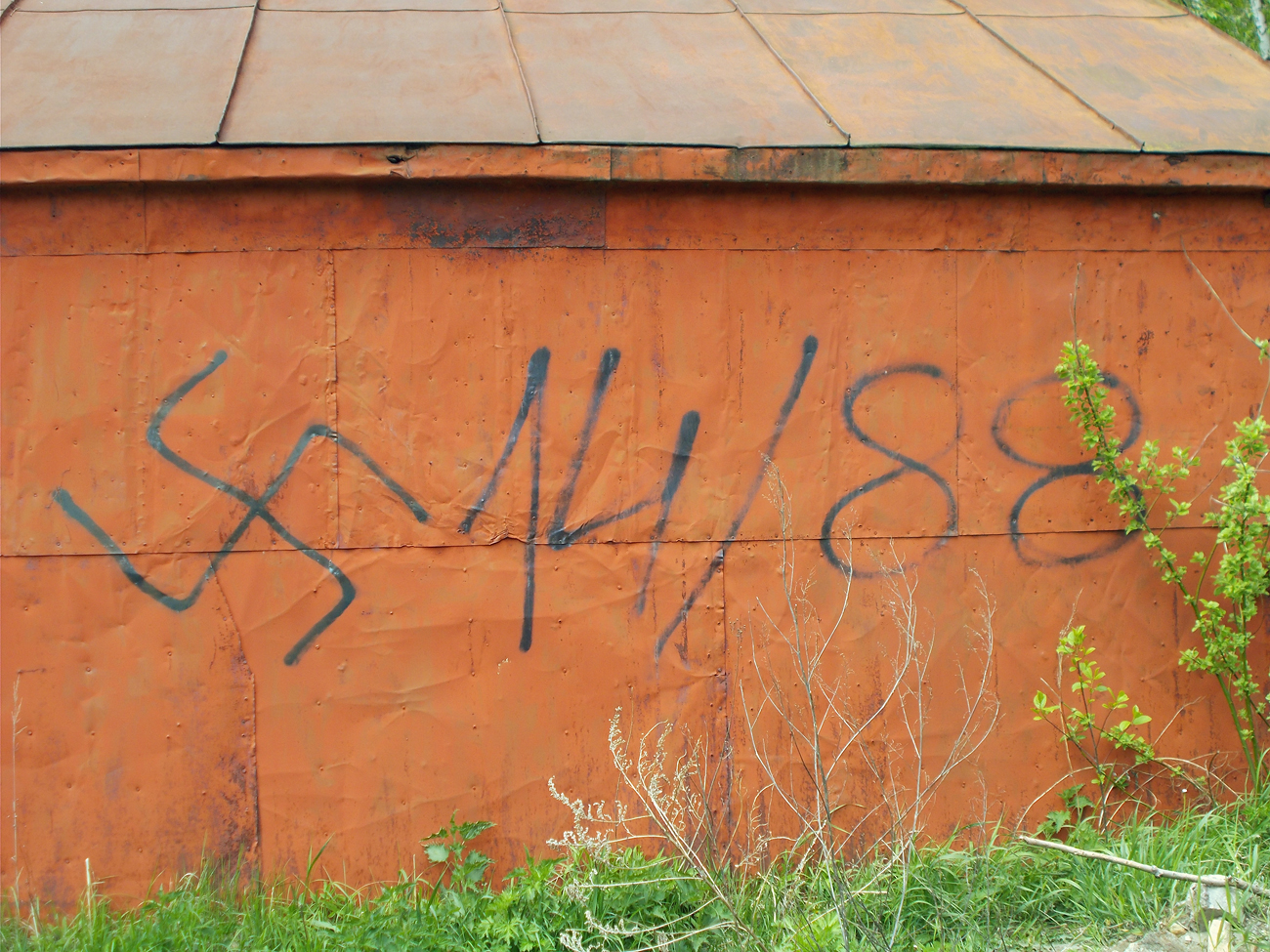
The 14/88 Number Combination: This symbol is a combination of two popular white supremacist code numbers. 14 for the “14 words” slogan “We must secure the existence of our people and a future for white children,” and 88 for Heil Hitler, as H is the eighth number in the alphabet.
The Confederate Flag: During the American Civil War, the Confederacy utilized a number of flags with this one, the so-called “battle flag” becoming the most associated flag of the Confederacy. The flag has also served as a potent symbol of slavery and white supremacy leading to its popularity among white supremacists. Even though it’s also used to symbolize Southern heritage, since the early 2010s, the flag’s association with extremism has led to many government and private agencies banning its use.
The Phineas Priesthood Symbol: Consisting of the letter P with a line through the middle, this symbol is utilized by far-right extremists who identify with the concept of the “Phineas Priest”. This concept originates from a 1990 book by white supremacist and Christian identity follower Richard Kelly Hoskins: Vigilantes of Christendom: The Story of the Phineas Priesthood. The group believes that Christian identity are white people who are the descendents from the lost Tribes of Israel. The Phineas Priesthood is not a unified organization, with Hoskins in the book describing a continuous priesthood of “avengers” who committed violent acts to defend the racial purity of God. The name of the organization comes from the Old Testament figure Phineas who, in order to protect the purity of the Israelites, killed a fellow Israelite who was in a relationship with a foreign woman.
Odal Rune: Part of the runic alphabetic system, an ancient writing system from Europe, the symbol looks like a diamond with two legs coming out the bottom. It came to be used by the Nazis in an attempt to remake a mythical “Aryan” past. The symbol’s use by the Nazis has led to many Neo-Nazi groups using the symbol in their iconography.
The Iron Cross*: A famous German military medal from the 19th century, following the Nazis rise to power in the 1930s, became known as a symbol of white supremacy when the Nazis superimposed the swastika onto the Iron Cross.
*It must be noted that the context around this symbol is important as the use of the cross with no swastika can be used without any racist intent.
The Three Percenters Flag: Used by the far-right anti-government militia the Three Percenters, the groups name and flag, the symbol is an American flag with 13 stars and the roman numerals for three. It is meant to refer to the erroneous belief that only 3% of colonists fought in the Revolutionary War.
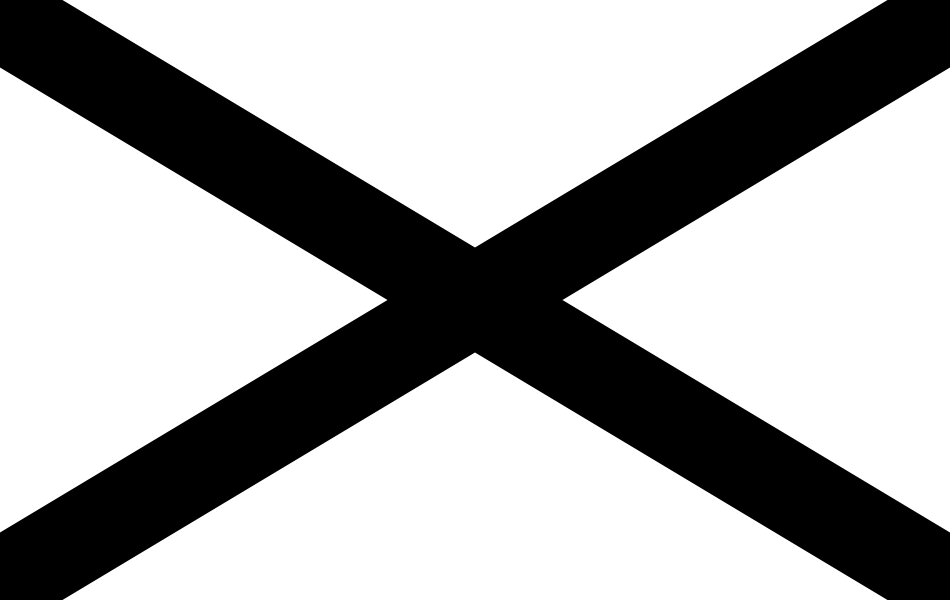
(CC0)
The League of the South Flag: Used by the neo-confederate, white supremacist organization, the League of the South, a group that advocates for a white dominated, independent South, the flag consists of a white background to represent European heritage. The black cross is meant to be St. Andrews Cross.
The Patriot Front Flag: Used by the American white supremacist group of the same name, the flag contains a fasces surrounded by 13 stars.
The Northwest American Republic Flag: Created by Harold Covington, a fringe figure inside the Neo-Nazi movement, the flag was created to represent the “Northwest Republic”, a fictional construct by Covington based on the so called “Northwest Territorial Imperative,” a longstanding call by white supremacists to create a white ethnostate in the Pacific Northwest. The flag consists of a vertical tricolor of blue, white, and green.
The Totenkopf: Meaning “death’s head” in German, the symbol was heavily used by the SS during World War Two, leading to its use by Neo-Nazis in the modern era.
Conclusion
It is important for society to study these groups and their beliefs so that we can identify these groups and ideas immediately and further combat them at the lower level, preventing their rise into higher and higher places. If society is aware of the ideas these groups spread, we will not become susceptible to these ideas and be indoctrinated by these groups.


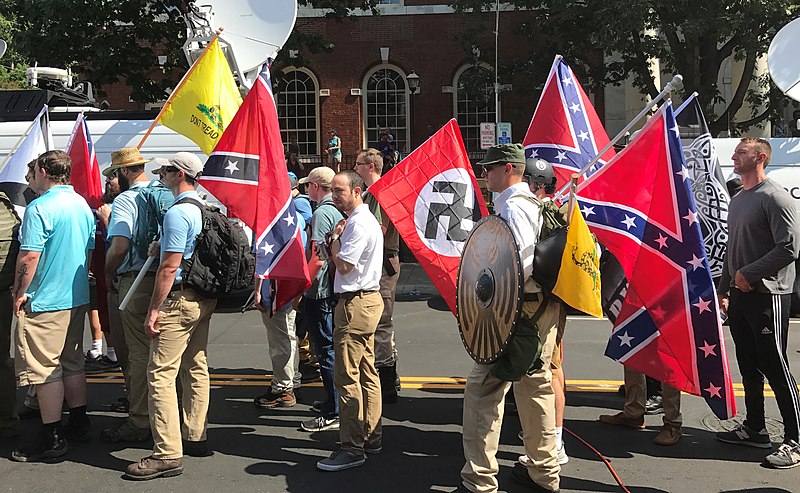


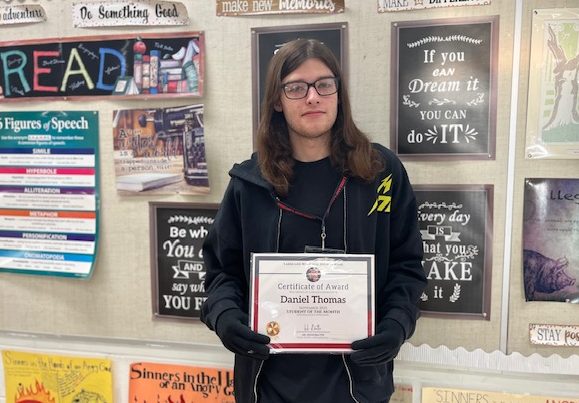




Natalie • Jun 14, 2025 at 2:48 pm
Check your facts. It’s been proven false when the incomplete sentence is quoted from Trump regarding the Charlottesville shooting. Trump EXCLUDED the far right extremist but apparently, that does not feed your narrative.
Truth Matters.
zjlyan • Oct 6, 2025 at 10:24 pm
yes,I think so
Davud Collier Wilson • May 27, 2025 at 5:29 pm
interesting and informative thanks for posting it